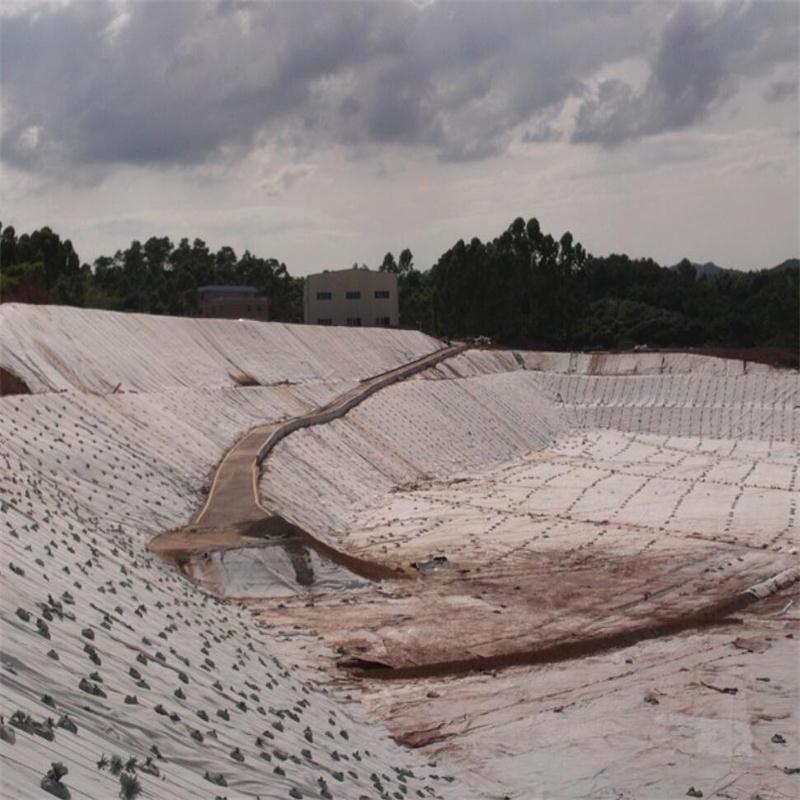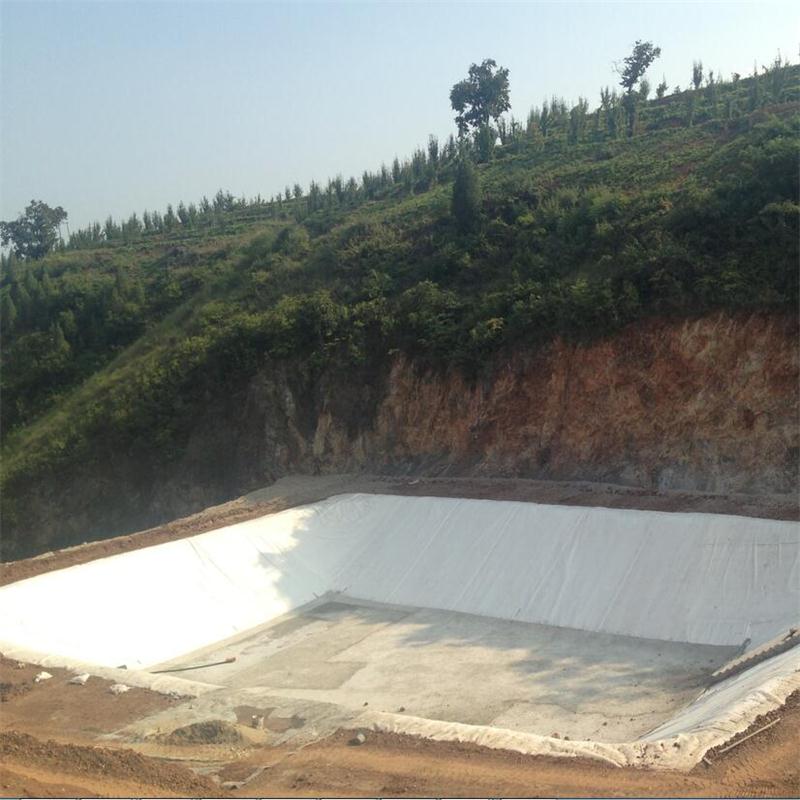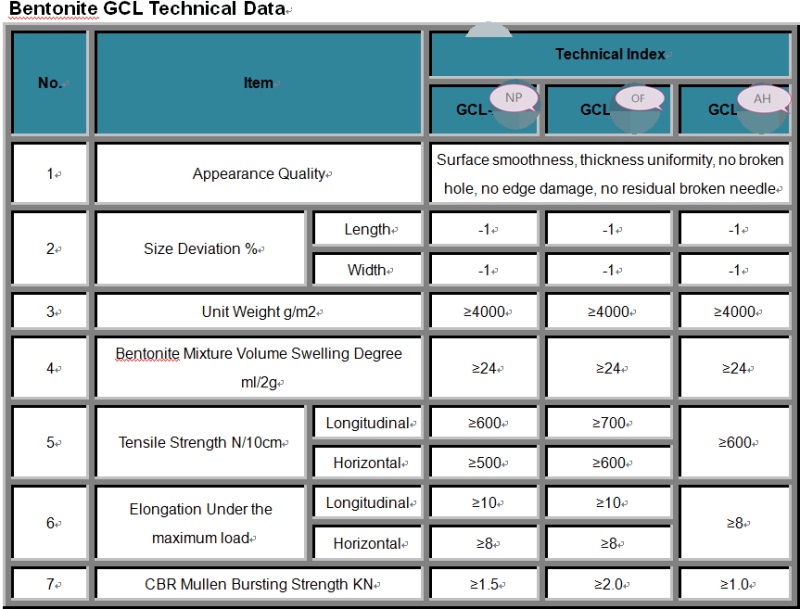A force and an equivalent force can be equivalently substituted in the effect of the object, and the law of substitution is a parallelogram rule. Considering that force has two effects, namely, changing the motion state of the object (motion effect) and deforming the object (deformation effect), then what effect and under what conditions can be equivalently replaced? Physical research shows that: (1) A force system acting on a particle can be replaced by a force equivalent; (2) A force system acting on a rigid body is usually not equivalent to a force, and the effect can be expressed by a force and a force moment, but For the common point force system, the effect can still be equivalent to one force; (3) the force system acting on the non-rigid body (the shape and volume of the object changes) cannot be equivalent to one force.
In summary, only the force system acting on the particle or the co-point force system acting on the rigid body can be equivalent to a force. When the deformation of the object is involved, whether the force system is co-point or not, it cannot be equivalent to a force. When the parallelogram rule has no value of existence); or when several forces are common points, and the effect is only a change of the motion state of the object (or both the motion effect and the deformation effect, but we only study the motion In effect, these forces can be replaced by a force equivalent.
For example, it is wrong to use the parallelogram to determine the resultant force / force 0 of F1 and F2 in Fig. 1, and use this force to express the deformation effect of F1 and F2 on the spring. This method has no physical meaning in theory. It is ridiculous to say that a person is subject to two equal, opposite thrusts and no thrust, and his feelings (deformation) are the same. For another example, the effect of the two equal and opposite non-common points on the circular plate is obviously not equivalent to the case where the disk is not subjected to force.
Since the equivalence of force does not apply to the deformation of an object, why do experiments in the physics textbook on the relationship between the resultant force and the force component reflect the equivalence of force by making the object (usually using rubber bands) deform the same? 5 Verify the parallelogram rule 6 experiment as an example to analyze the root cause.
For the convenience of analysis, a small ball that can be regarded as a mass point is fixed at the node. Since the ball is pulled to the same position 0 twice, the deformation of the two rubber bands is the same. According to Hooke's law, the rubber band is small. The ball's spring force is also the same twice, denoted as F0. Since the two balls are stationary at position 0, the tension F cancels the action of F0 when pulled by a spring balance; when two spring balances are pulled, the tensions F1 and F2 cancel the action of F0. According to the concept of combined force and component force, F is the resultant force of F1 and F2. It can be seen from the above analysis that the essence of the experimental operation is that F0 is used to change the movement state of the ball which is difficult to measure (acceleration a), and convert it into a static problem that is easy to implement. The equivalence of support force can be reflected in the object. The deformation is the same.
In short, only after deep understanding of some basic problems concerning springs, we can organically combine the various parts of the spring to form a conceptual system and answer the questions correctly.
Geosynthetic clay liners (GCL) are high performance needle punched environmental reinforced composites which combine two durable Geotextile outer layers with a uniform core of natural sodium bentonite clay to form a hydraulic barrier. Fibers from the non-Woven Geotextile are needle punched through the layer of bentonite and incorporated into the other geotextile (either a woven or non-woven).when hydrated under a confining load, the bentonite swells to form a low permeability clay layer with the equivalent hydraulic protection of several feet of compacted clay.

Applications:
The water proof bentonite pad is mainly used in penetration-proof,airproof &separation in rubbish burying square,man-made lake,channel,pool,basement,subway,etc.
The production line processing of finished products with high peel strength, strong pulling hardness, low permeability.


Technical data:

Certificate:

Geosynthetic Clay Liner,Hdpe Geomembrane Liner,Waterproofing Geosynthetic Clay Liner,Anti-Seepage Geosynthetic Clay Liner
Shandong Tianhai New Materials Engineering Co., Ltd , http://www.chinatinhy.com